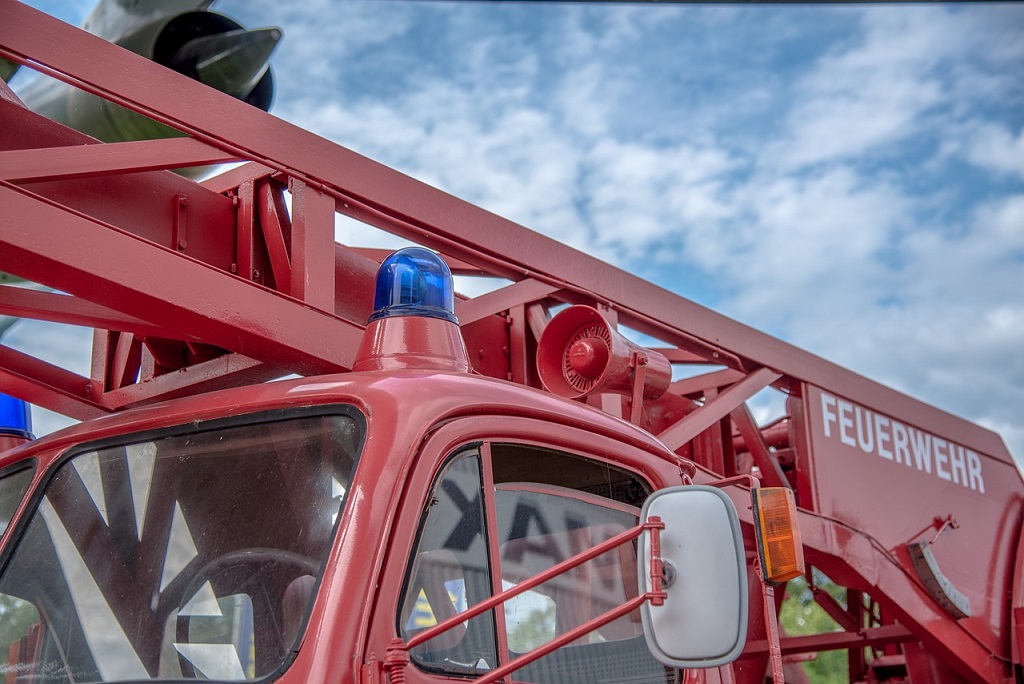This post is also available in:
 עברית (Hebrew)
עברית (Hebrew)
Emergency call centers sometimes find it hard to accurately locate an address when a person uses a cellphone to dial 911. For years, the US Federal Communications Commission (FCC) has been considering how best to require companies to track 911 calls during an emergency. They sought a technology that would allow first responders to better locate callers in busy metropolitan areas, where they may need to find someone in a multi-story building.
In a proposal recently approved for consideration, the FCC said it will move to require wireless carriers to more accurately track 911 calls indoors.
The newest plan focuses on vertical location information: carriers would need to track the altitude of a caller’s device to within three meters. The FCC said such a location accuracy metric would be sufficiently accurate to identify the caller’s floor level in most cases and would be technically feasible under the timeframes established in the Commission’s Enhanced 911 rules.
The FCC said carriers will have to meet the requirement for 80 percent of indoor 911 calls, starting with the biggest cities.
The plan would go into effect in 2021, as reported by theverge.com.
Some said that the plan did not go far enough. Commissioner Jessica Rosenworcel, one of two Democrats on the five-member commission, voted against the plan, arguing that it’s still insufficient. “I don’t think this is ambitious enough,” she said in a statement. “In the years since this framework was put in place, technology has evolved. It has improved. Our record reflects it is possible to locate 911 callers with more precision — and I think we should be able to do it in less time all across the country.”
The FCC said the proposal was part of its ongoing effort to improve its Enhanced 911 location accuracy rules, which require wireless providers to automatically transmit to 911 call centers information on the location of wireless 911 callers. The rules require wireless providers to meet an increasingly stringent series of location accuracy benchmarks in accordance with a timetable, according to telecompaper.com.


























